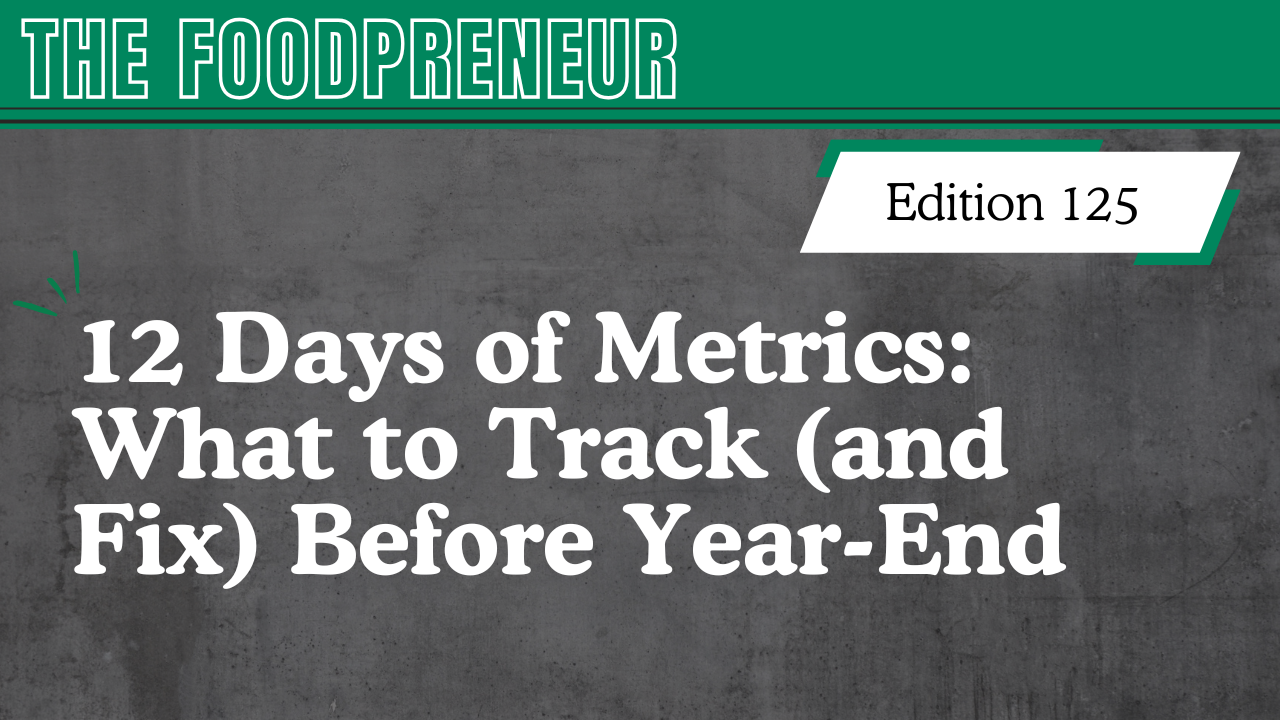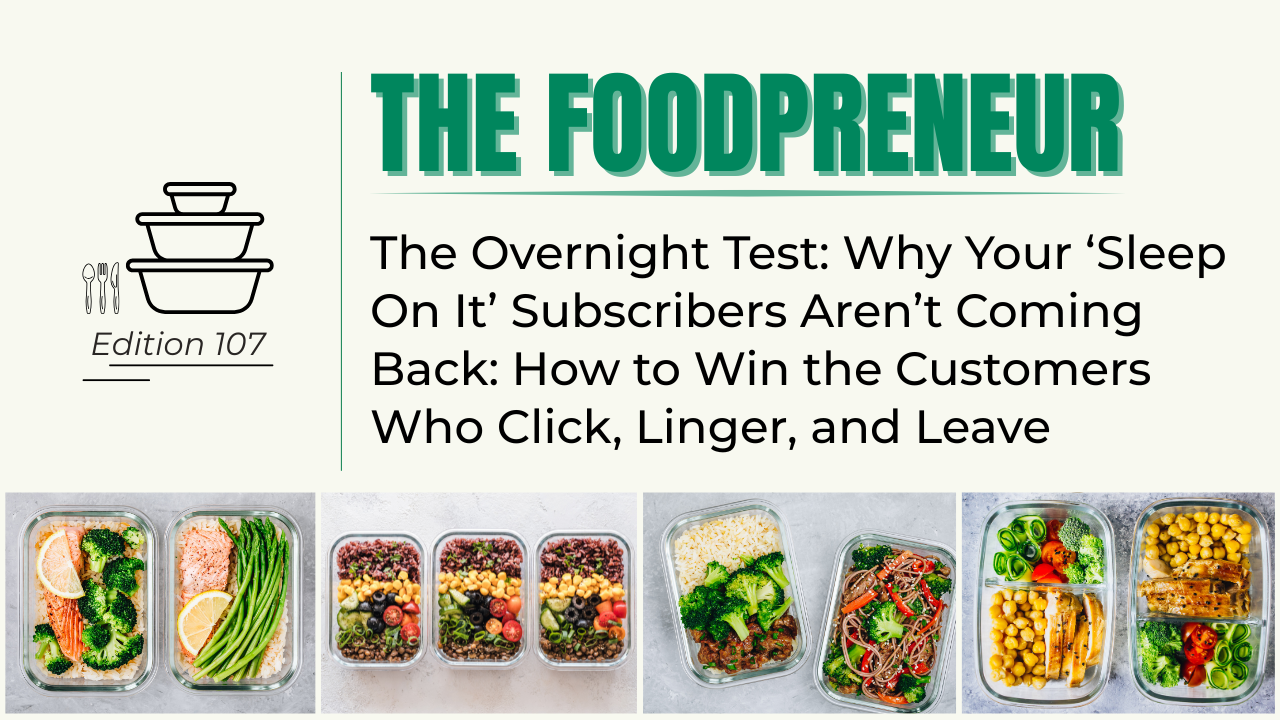

We’ve all been there. A potential customer spends 6 minutes on your site. They click through the meals. They read the FAQ. They build a box. They even get to checkout. Then… nothing.
By morning, they’ve ghosted. The excitement wore off, life got in the way, or they started second-guessing their decision to spend $89 on meals they haven’t tried. You lost them somewhere between intent and impulse.
Welcome to the world of the Overnight Test.
This is where most meal subscription businesses lose prospective customers—not because your food wasn’t appealing, but because your value proposition didn’t stick. When a customer pauses to “sleep on it,” your job isn’t done. It’s just begun.
Here’s how to win those wavering subscribers back and stop losing them in the first place.
If you run a heat-and-eat meal service, your customers are likely busy, overwhelmed, and juggling dozens of daily decisions. When they land on your site, it’s often a moment of hope: maybe this is the thing that will finally simplify dinners or help them eat healthier. But it’s also a fragile moment.
Here’s what’s really happening:
If your messaging isn’t dialed in, your checkout flow isn’t frictionless, or your offer isn’t irresistible, those doubts win.
The later in the day a potential customer visits your site, the more likely they are to bounce. Not because they’re not interested but because their brain is cooked. Decision fatigue is real. After a full day of work, childcare, and 20 other micro-decisions, people don’t want to analyze. They want to feel confident and click.
Here’s how to help them do that:
The goal isn’t to oversell. It’s to reduce friction until one click feels easier than coming back tomorrow.
If you haven’t convinced them in 8 seconds, they’re probably gone.
What should those seconds include?
And if you don’t have hard numbers, focus on emotional clarity: “Finally, dinner that’s delicious, affordable, and takes minutes.”
Instead of hammering them with a last-ditch discount popup, treat your exit intent modals like conversation starters.
Try:
Better yet, if they’re on mobile: “Text me my box” lets them save it without signing up, and gives you a way to follow up.
Let’s say they did bounce. That doesn’t mean the opportunity’s lost.
Abandon cart flows matter, but only if you treat them like second chances, not shame campaigns.
What to include:
If you have SMS permissions, use a single “We saved your cart!” message. If they’re engaged, it’s plenty.
If your whole pitch is “$139/month” or “subscribe and save,” you’re missing what the buyer actually wants: a low-risk way to try something new.
So frame it that way:
Get them to subscribe because the first bite was a win, not because the subscription page was persuasive.
If they’re on the fence, it’s often because they don’t feel seen.
Ways to change that:
When your site feels tailored, it helps customers believe your meals will be, too.
You can’t always close the deal in one session. That’s OK, as long as you don’t let them forget you.
Strategies for delayed conversion:
Follow up, gently. Not “buy now or else,” but “hey, still thinking about us? We made you something.”
The overnight drop-off is one of the easiest metrics to fix, because it happens at the top of the funnel and is easy to track.
Start testing:
Use heat-maps to see where users linger. Record sessions (with consent). Watch what they almost clicked. The small stuff matters more than you think.
Maybe the goal isn’t an immediate subscription.
Maybe it’s:
When you define smaller steps as micro-conversions, you get more chances to nurture, educate, and convert.
Not everyone is ready to commit at 10:42 p.m. on a Tuesday. But they might be at 9:17 a.m. on Friday—after payday, after coffee, after they’ve remembered that Wednesday’s dinner was a nightmare.
When someone visits your site and leaves without ordering, it’s not because they didn’t care. It’s because they weren’t sure.
You don’t have to chase every cart abandoner with discounts or desperation. You just have to build an experience that’s clear, confident, and human enough to stick in their mind.
Make your offer memorable.
Make your meals irresistible.
Make your tone unmistakably yours.
So when they wake up tomorrow and think, “I should’ve ordered that meal box,” they don’t Google you again. They just come straight back.
